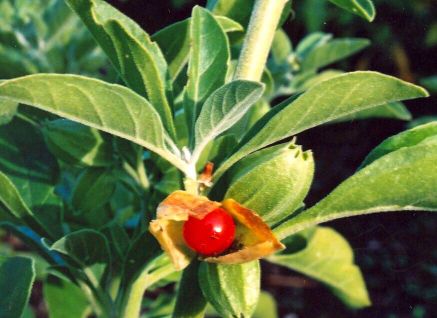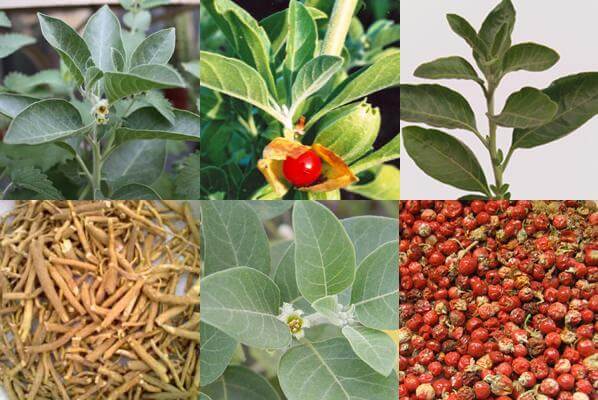Ashwagandha, also known as Indian ginseng, poison gooseberry, and winter cherry is a plant that belongs to the Solanaceae family. The Ashwagandha is not very famous around the globe as it grows mainly in India and Nepal.
Ashwagandha has a beautiful look, it grows up to 3 feet in height. It has long and elliptical, yellow-green leaves and tiny bell-shaped flowers that carry bright orange-red berries.
This plant has a long history in medicine in the Indian subcontinent. Although there is no scientific evidence that proves this claim, Ashwagandha is used in ancient India and in some parts of India in the present to cure debility, anaemia, and impotency. If you’re interested in growing this plant, please follow the below instructions
Choose A Location For Your Ashwagandha

Since these plants originate from the Indian subcontinent, it is normal they prefer warmth. If you are growing it in the garden, choose a dry position where it is exposed to sunlight. They will need at least 6 hours of sunlight.
However, if you’re growing it in a container, make sure to move around you plant around the year according to the sunlight. You can even place it indoor and use it as an ornamental plant. The best position would be next to a window shell. Keep it in temperature around 50 – 60 F (10 – 15 C).
Always keep in mind that Ashwagandha likes warmth. The ideal temperature for it ranges between 70 F – 95 F (20 – 35 C). Lower or higher temperature degrees may cause growth problems.
- Soil:Ashwagandha does not like moisture so it is recommended to grow it in a sandy well-draining soil that will quickly absorb the water and does not remain waterlogged. This plant tolerates drought and does not mind dry soil. PH levels should be between 7.5 – 8, neutral to slightly alkaline. If your garden’s soil does not meet the requirements, you can adjust it by adding manure to enrich it and remove weed and debris from the planting site.
- Planting: By now you should have the seeds you want to plant as Ashwagandha grows only from seeds. You can plant the seeds any time in a warm weather. Plant seeds 2 cm deep and 10 cm apart when the temperature is around 70 F (20 C). The germination takes place in 2 to 3 weeks.
- Watering: As we mentioned above, these plants are drought tolerant, like warmth, and do not require frequent watering. Ashwagandha is an herb,therefore, water them when the top surface of the soil is dry. They can resist drought and keep growing. Also, while watching out for your herb, pull-out the weak plants after a month of growing, leaving the space around 50 – 60 cm between plants.
- Fertilizing: As most herb families, Ashwagandha are not heavy feeders and they don’t require fertilization. In fact, in India they don’t apply fertilizers as it may change the flavour of the plant. However, if you think your plants need a little push, apply aged manure or compost near the base of the plant.
- Pests and diseases: If you’re growing Ashwagandha in your garden, then it will be prone to the attacks of common garden pests such as spider mites. Diseases like root rot could be avoided if you don’t over water the plant. Growing this medicinal herb in a container will help you protect your plant from pests and diseases as well as allows you to overwinter the plant and shelter it when the outdoor temperature degrees drop under normal.
- Harvesting: The plant will be ready to harvest when it forms flowers and develops berries and the leaves are dry. This usually takes about 5 to 6 months. Moist the soil a before you dig around the plant and pick it. Here is picture of dry leaves ready for use:

Hope you found what you’re looking for in this informative article and if you need further details please lets us now in the comments below.

